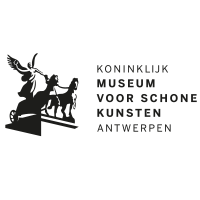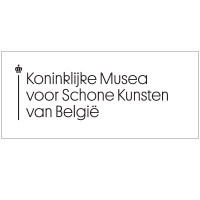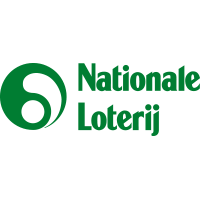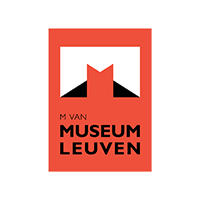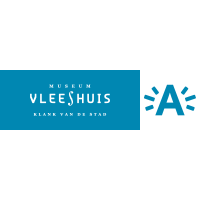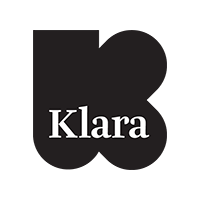ROOM 1 Neercamer – Hunting and fishing
Frans Snijders and his wife Margriete de Vos moved into De Fortuyne in 1622. They previously lived on Korte Gasthuisstraat, where Frans earned a solid reputation as a painter of still lifes, animals and hunting scenes that meant he could now afford a fully-fledged patrician’s house on the residential Keizerstraat. He trained under Pieter Brueghel the Younger and Hendrik van Balen, and probably spent two years in Italy. Snijders was back in Antwerp by 1609, when the Twelve Years’ Truce began. He later collaborated with Peter Paul Rubens and also received commissions from Spain and the Northern Netherlands.
 Anthony van Dyck (Antwerp, 1599–Blackfriars, 1641)
Anthony van Dyck (Antwerp, 1599–Blackfriars, 1641)
- Frans Snijders and Margriete de Vos
- Oil on canvas, c. 1621
- Kassel, Museumlandschaft Hessen, inv. GK125
Frans is dressed in a doublet – a sort of quilted waistcoat, mostly made of linen or silk, and padded with cotton, wool or horsehair. Beneath it he wears a linen shirt, with a short collar edged with expensive lace. Margriete still has a ruff. Men’s fashion had already moved away from starched collars of this kind, but women continued to wear them for several more years. Her outer dress consists of a skirt and a bodice. On her head she wears a linen cap.
 Frans Snijders (Antwerp 1579–1657)
Frans Snijders (Antwerp 1579–1657)
- Wild Boar Hunt
- Oil on canvas, c. 1620–30
- Antwerp, The Snijders&Rockox House, inv. 77.165.
With your back to the outside wall, your eye is drawn to the hunting scene in the room beyond. This space has the effect almost of a miniature theatre, making what you see feel like a still from an action film. A wild boar defends itself fiercely from a pack of dogs, bloodthirsty and undaunted by the boar, which they approach with open maws and menacing stares. The situation in which dogs goad a quarry was in keeping with the principle of ‘Hide on Hide and Feather on Feather’, which the Archduke and Infanta issued as an ordinance in 1613. The sword alone was permitted to put an end to the animal’s life.
